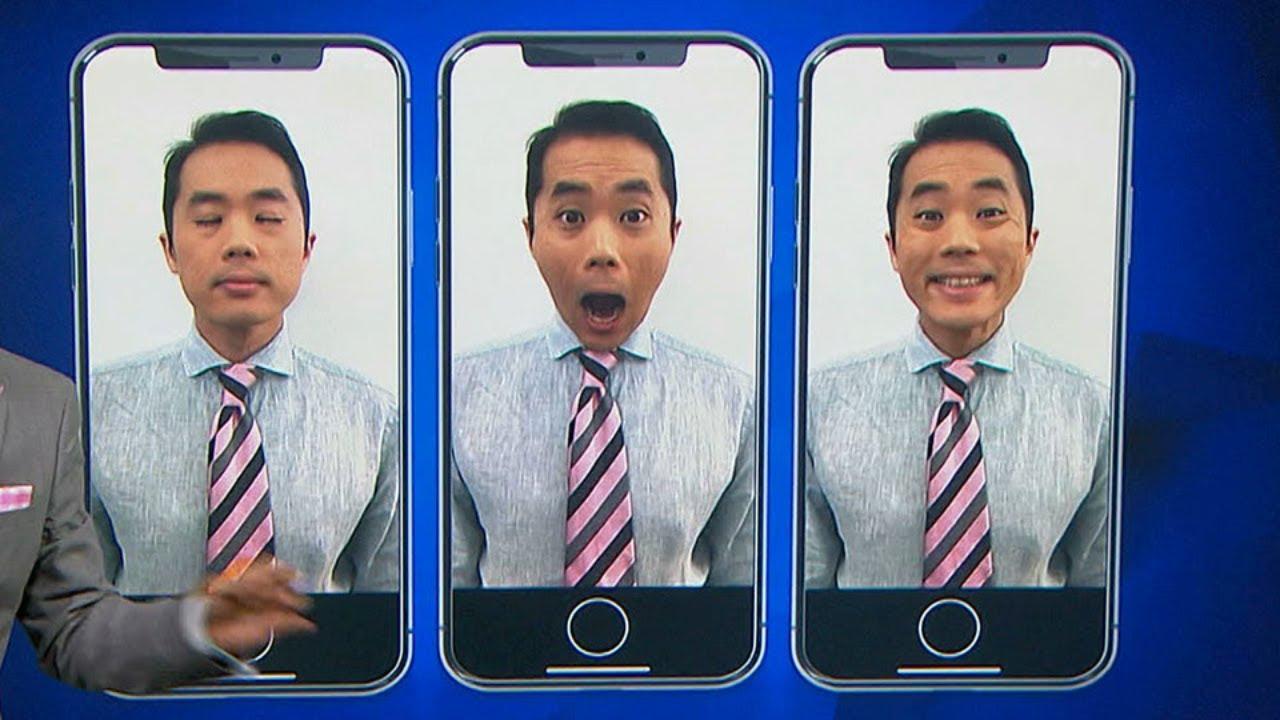
However, a technology known as deepfake that allows manipulation of entire videos with limited effort and consumer-grade computing hardware has recently become available. Consequently, creating manipulated videos for the purpose of political propaganda was rare.

#Deep fakes full
The technology for manipulating videos was perfected in Hollywood in the 1990s ( Pierson, 1999), but it was so expensive that only a few movies made full use of it. On the other hand, video manipulation took skilled experts and a significant amount of time to create, since every frame had to be changed individually. Extensive use of manipulated images for political purposed is documented as early as the 1920s by the Soviet Union ( Dickerman, 2000 King, 2014). Consequently, the incentives for creating forged visual documents have always been high. Since the invention of photography in the 19th century, visual media have enjoyed a high level of trust by the general public, and unlike audio recordings, photos and videos have seen a widespread use as evidence in court cases ( Meskin and Cohen, 2008), and it is widely accepted that visual media are a particularly effective propaganda tool ( Winkler and Dauber, 2014). We investigate reasons for this and extrapolate the types of deepfake videos we are likely to see in the future. While the threat of deepfake videos with substantial political impact has been widely discussed in recent years, so far, the political impact of the technology has been limited. We discuss the foundation as well as recent developments of the technology, as well as the differences from earlier manipulation techniques and investigate technical countermeasures. We review the phenomenon of deepfakes, a novel technology enabling inexpensive manipulation of video material through the use of artificial intelligence, in the context of today’s wider discussion on fake news. 5Simula Metropolitan Center for Digital Engineering, Oslo, Norway.4Faculty IV, Electrical Engineering and Computer Science, Technical University, Berlin, Germany.



 0 kommentar(er)
0 kommentar(er)
